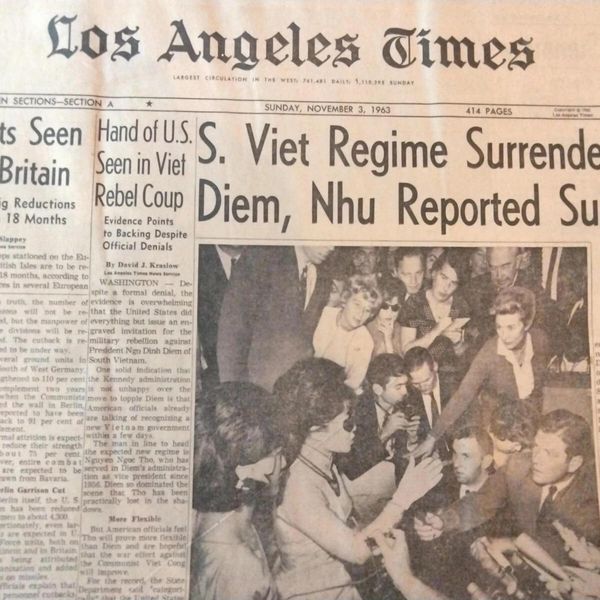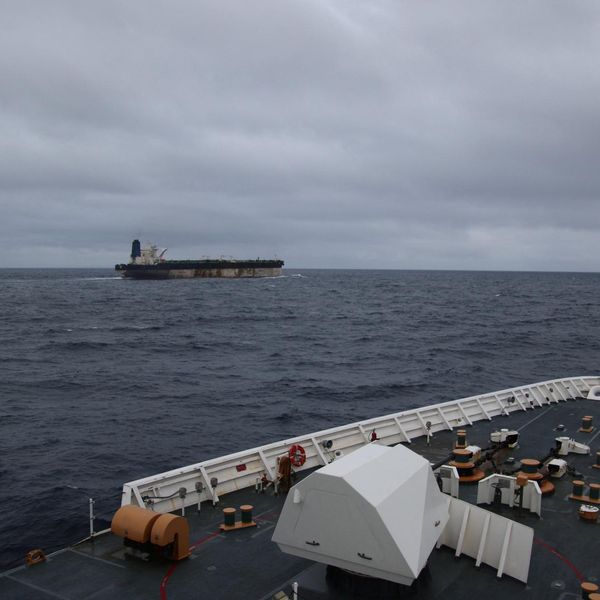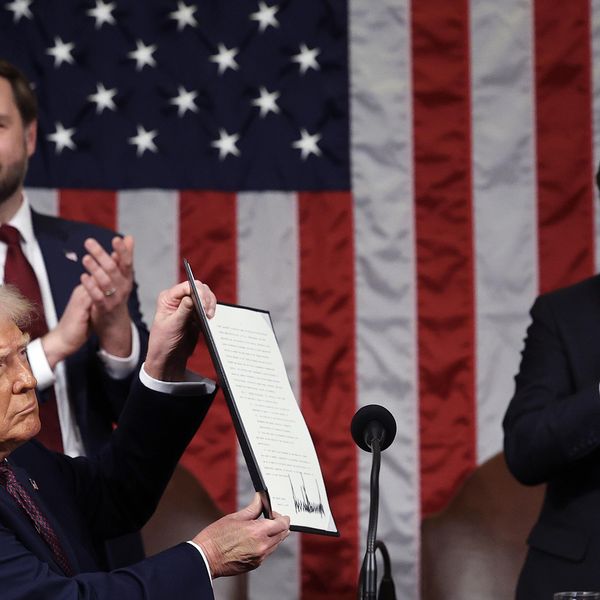The idea of going to war with Mexican cartels to address the fentanyl crisis has been growing in popularity among Republican members of Congress and GOP presidential candidates this year.
QI’s Adam Weinstein spoke to journalist and author Ioan Grillo on why the idea of declaring war on Mexican drug cartels has gained steam in Washington but why it won’t solve the crisis.
Grillo, who is the author of three books including 2021’s Blood Gun Money: How America Arms Gangs and Cartels, says those proposing military action have that right diagnosis. “They’re right when they say the fentanyl problem is a really serious, severe problem that should be at the top of the political agenda,” he says. “There is a really serious organized crime in Mexico and they are working with corrupt government officials.”
However, warns Grillo, “where they’re wrong, and very seriously wrong, is you can’t simply send in a couple drones and send in a couple American military and solve this. It just doesn’t work strategically. “
In January, Reps. Dan Crenshaw (R-Texas) and Mike Waltz (R-Fla.) introduced an Authorization for the Use of Military Force against the cartels. A number of Senators have endorsed similar proposals, with, for example, J.D. Vance (R-Ohio) telling NBC News in July that he wants to “empower the president of the United States, whether that’s a Democrat or Republican, to use the power of the U.S. military to go after these drug cartels.”
During the first primary debate of the election cycle last month, Florida Governor Ron DeSantis said that, if elected president, he would send U.S. special forces into Mexico on “day one.” Other candidates, including former president Donald Trump and Vivek Ramaswamy, have said that they, too, support a military solution to the fentanyl crisis.
Weinstein and Grillo also discuss the history of Mexico’s wars against drug cartels, how cartel violence has affected life in Mexico, and more.
- Another war on drugs won't solve the fentanyl crisis ›
- A cartel war is an insane way to address fentanyl crisis ›
- Trump's big idea: deploy assassination teams to Mexico | Responsible Statecraft ›
















